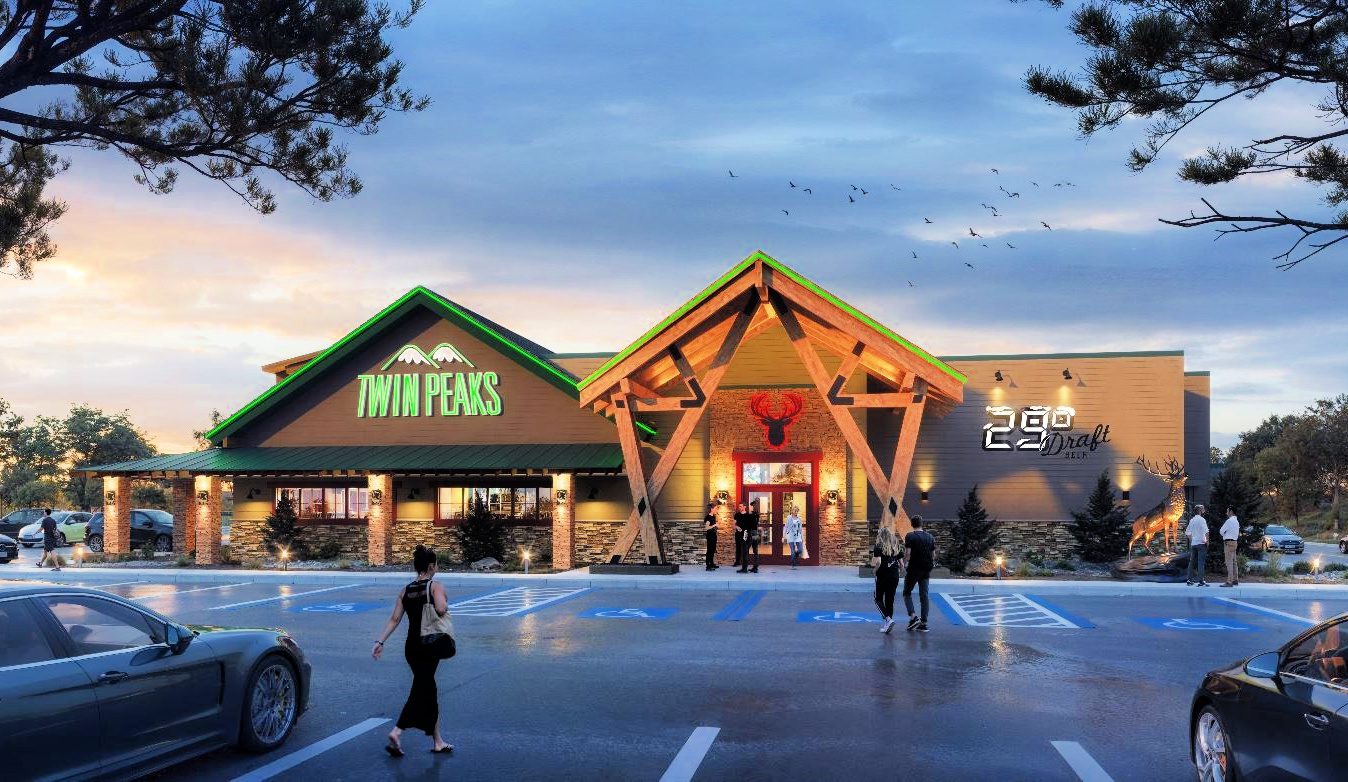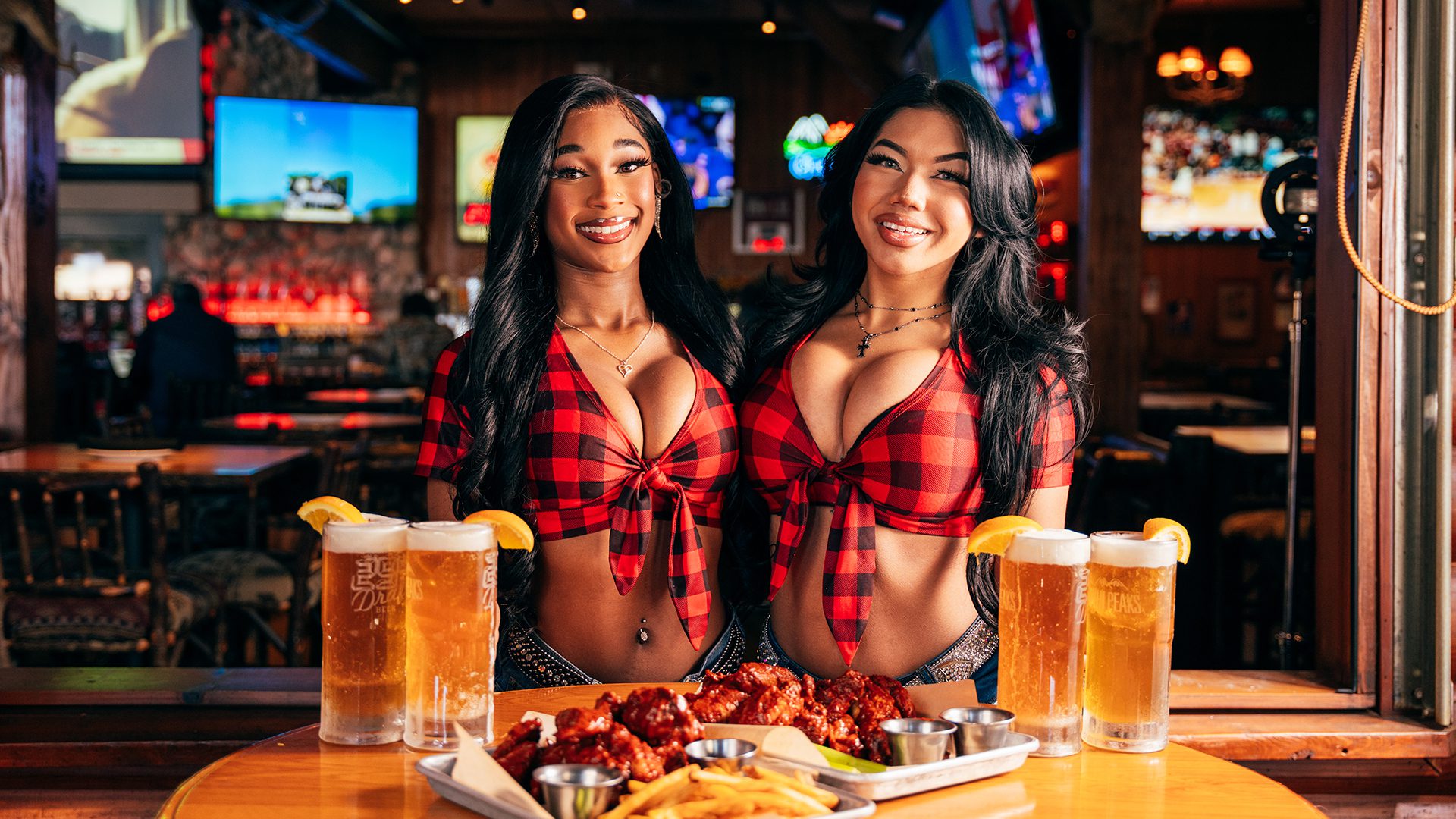Opening a restaurant franchise is a dream for many entrepreneurs, but it’s essential to understand the full scope of costs involved before diving in.
From franchise fees to building expenses, starting a restaurant requires more than just a passion for food – though that certainly doesn’t hurt. This guide will help break down the key costs you need to consider to open a restaurant franchise and set yourself in the right direction for a successful venture.
Franchise Costs
When considering the investment required to open a restaurant franchise, start with the franchise-specific costs. These fees are typically part of the franchise agreement and must be factored into your budget from the very beginning.
Initial Franchise Fee
The initial franchise fee is a one-time payment that grants you the right to use the franchisor’s brand, systems, and support network. Most franchise fees range from $10,000 to $50,000, though some reach as high as $1,000,000. As a premium concept with a loyal brand following, Twin Peaks has an initial franchise fee of $50,000.
Royalty Fees
While they won’t come into play until you’re open for business, royalty fees should be factored into your budget well before then. Royalty fees are ongoing payments made to the franchisor to support the continued use of the brand.
Royalties usually range from 4% to 12% of monthly sales, with Twin Peaks sitting on the lower end at 5% per unit. These fees are critical to maintaining the franchisor’s central operations, including supply chains, menu innovation, and development.
Marketing
Most franchise agreements also require a marketing fee. Marketing efforts help ensure consistent brand visibility and recognition, a key benefit of joining a franchise system. Marketing fees often range from 2% to 5% of gross sales.
At Twin Peaks, a 2.5% marketing fee contributes to national and regional advertising and in-store promotional materials for every lodge.
The Building Phase
The next, and usually most significant expense, comes in establishing your physical location. These costs include everything from acquiring the land to furnishing the interior of your restaurant.
Land
The first step is finding the right location for your franchise. Lower cost sites aren’t likely to be as accessible or desirable as more expensive sites, but for a location to be successful, it shouldn’t be too costly. Even with plenty of customers, high rent can offset revenue and make turning a profit a difficult task.
Construction
Once land is secured, the next cost is construction. If you’re building from the ground up, costs can include architectural planning, permits, and actual construction.
If you’re starting from an existing space, like 90% of Twin Peaks lodges do, remodeling will be necessary to meet brand standards.
Equipment & Furnishings
Outfitting your restaurant with kitchen equipment, furniture, and decor is another significant expense. For a full-service restaurant like Twin Peaks, the cost of kitchen appliances alone can range from $40,000 to $200,000.
Furnishings like tables, chairs, lighting, and TVs can add tens of thousands more.
Building Your Team
After you’ve laid the groundwork for your restaurant franchise, building a capable and dedicated team is the next crucial step.
Staffing
From the front-of-house staff to kitchen personnel, hiring the right people is essential for smooth operations. Depending on the size of your franchise and local labor market, staffing costs can vary significantly. In addition to wages, you’ll need to factor in employee benefits and payroll taxes.
Training
Training is where franchisors, like Twin Peaks, provide significant value. New franchisees and their teams typically undergo training programs that teach the ins and outs of the restaurant’s operations, brand standards, menu preparation, and customer service guidelines.
The cost of training programs often includes fees for travel to training locations, training materials, and on-the-job training at existing franchise locations.
Initial Inventory & Supplies
Next, you’ll need to secure the initial inventory and supplies to get the restaurant up and running. Getting this right from the beginning helps ensure smooth day-to-day operations and creates a great first impression when your doors open.
Food & Beverages
Stocking your kitchen with ingredients is essential, and depending on the franchise, you may also need to invest in an extensive selection of beverages. If hand-crafted cocktails are part of the menu, it’s time to stock your bar with the required liquors, mixers, and garnishes.
Food and beverages will be a big upfront cost, but they’re also an ongoing investment. Over time, you’ll fine-tune your inventory ordering to balance demand and reduce waste.
Dining Room & Bar Supplies
You’ll also need to stock your dining room and bar area. That means menus, coasters, napkins, and other table settings that contribute to the overall guest experience. Serving trays, dishware, silverware, and glassware for various beverages also come with a cost.
Miscellaneous Costs
There are several costs that often get overlooked – even if they’re essential for smooth operations. These additional expenses are critical to keeping your business compliant, secure, and efficient from day one.
Insurance
Proper insurance coverage is key to protecting your business from unforeseen risks. Typical policies include general liability insurance, property insurance, and workers’ compensation.
Utilities
Running a full-service restaurant requires a significant investment in electricity, gas, water, and internet services. Remember to factor in these monthly operating costs to maintain a comfortable environment for both customers and staff.
Food License
Every restaurant is required to have a food service license to legally operate. This license ensures that your restaurant complies with local health and safety regulations.
The cost of obtaining a food license varies by location, but typically involves an initial application fee and potential renewal fees. Regular health inspections are also required to maintain this license, which may come with additional fees.
Liquor License
For a restaurant like Twin Peaks, where alcohol sales are a significant revenue stream, obtaining a liquor license is required. The process and cost for obtaining a liquor license can vary greatly depending on your state, county, and city.
In some locations, liquor licenses are limited and can be costly, while in others they are more readily available. The licensing process may also involve background checks, zoning approvals, and other administrative hurdles, so it’s important to factor in both the time and cost associated.
How Much Does It Cost to Open Your First Franchise?
No doubt, opening a restaurant franchise involves a significant financial commitment. But, with proper planning and a clear understanding of the costs involved, it can also be a rewarding investment.
Including all start-up expenses as well as the $50K initial franchise fee, the cost of opening a Twin Peaks restaurant ranges from $1,520,800 to $5,106,500. Among our currently operating lodges, the average franchise unit volume is $5,801,663 a year. You do the math.
As you select a franchise and build a budget, be careful to consider all the potential costs. And remember, the best franchises make for great partners. They can help you navigate the complexities of restaurant ownership with the support of a trusted brand.


